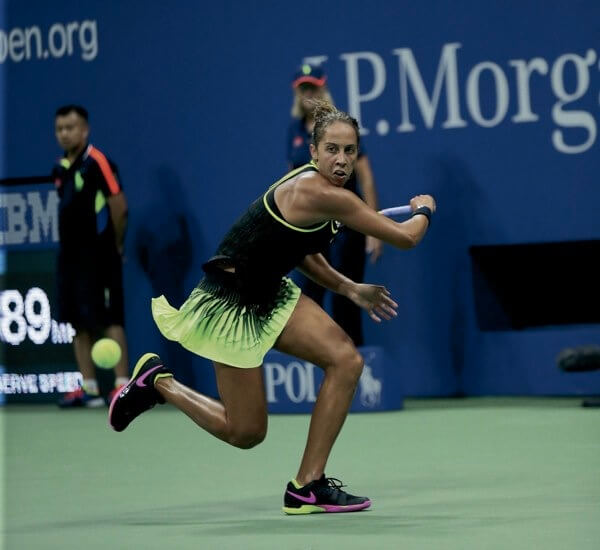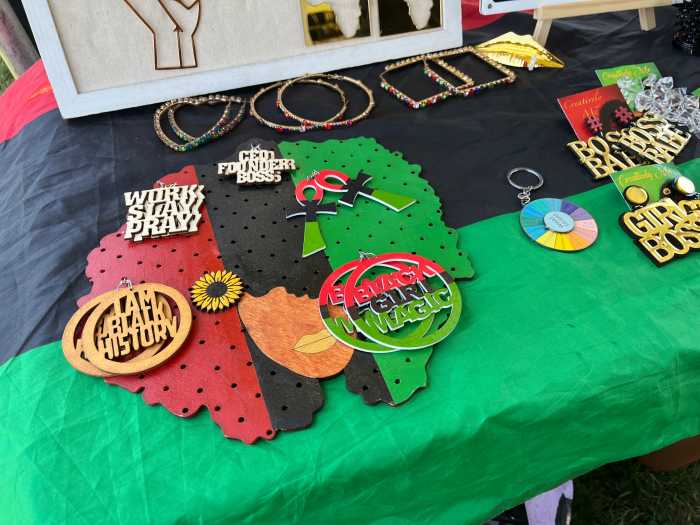By Laura Amato
It’s in flux.
That’s what the analysts will say when asked about the current state of American tennis. It’s in flux—evolving from the years of Williams sister dominance and male stars like Andy Roddick winning at the US Open—and there’s no clear-cut way to predict what’s to come.
That might not be true.
Overall, 39 Americans made the initial US Open draw—22 women and 17 men—the most since 40 players made the cut in 2005. America’s best and brightest tennis stars didn’t just look good in the first week at Flushing Meadows, they staged some of the biggest and most exciting matches, no matter what age group they belonged to.
“I feel really comfortable out on [Arthur Ashe Stadium]. The occasion didn’t really ever feel daunting,” Madison Keys, 21, said after her record-breaking match on opening night.
Keys’ victory over 26-year-old Alison Riske—ranked No. 60 among WTA players—was the latest finish for a woman’s match in tournament history, wrapping up just before two in the morning. Still, the player many regard as the future of women’s tennis in America didn’t miss a beat under the bright lights at Ashe. Keys settled in and proved something with her win—U.S. tennis is ready for its moment in the spotlight.
“It was more of an excitement factor,” she said. “This is something to kind of rise to the occasion.”
Keys wasn’t the only American to face off against a countryman in the opening round of the U.S. Open. John Isner battled back from 0-2 to take down 18-year-old Frances Tiafoe in a dramatic five-set match, while 23-year-old Jack Sock defeated Taylor Fritz, an 18-year-old Californian, in his own battle of the red, white and blue.
If that was a glimpse of America’s tennis future, it was certainly an encouraging one.
“I think the younger Americans are doing a great job of making a splash, making names for themselves early,” Sock said. “They’re playing with confidence.”
Even in his loss, Tiafoe’s performance on the new Grandstand court in the opening round was a breath of fresh air for the American tennis faithful. He and Isner exchanged a quiet moment at the net following their three-and-a-half hour marathon and Tiafoe walked away as determined as ever.
“I think the positive is that I can play that level, you know, on a big stage like that,” Tiafoe said. “Also that I think one day I could maybe have a good run at a slam.”
Ryan Harrison added his name to the list of stateside stars in week one when he reached the third round of a Grand Slam for the first time in his career, defeating fifth-seeded Milos Raonic on Wednesday afternoon.
“It’s cool. I think the winning does become contagious,” Harrison said. “It’s something where someone achieves something or someone that you’re close to has a big win. You think it’s a lot more achievable for you. I certainly have a big belief that we’re all able to continue winning.”
The United States boasts four men ranked in the ATP top 30 and five women in the WTA top 30. The reign of veterans like Venus and Serena on the women’s side and Isner on the men’s isn’t quite over yet—Serena is still the Open favorite, despite some recent on-court bumps—but the biggest American stars know the future is bright.
And, when they’re ready, they’re more than willing to pass the baton—or the racquet.
“It’s so good to see so many players in the draw,” Williams said. “Yeah, it’s always good [to see]. There was a ton of American players in the draw last year, as well.”



































